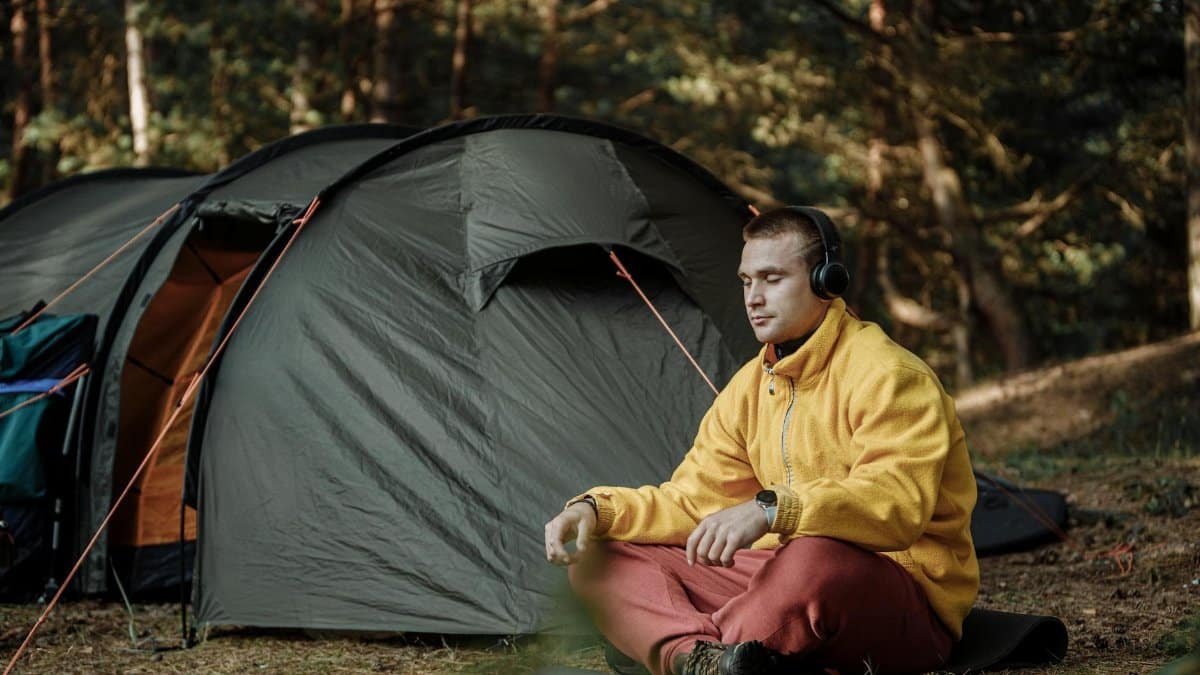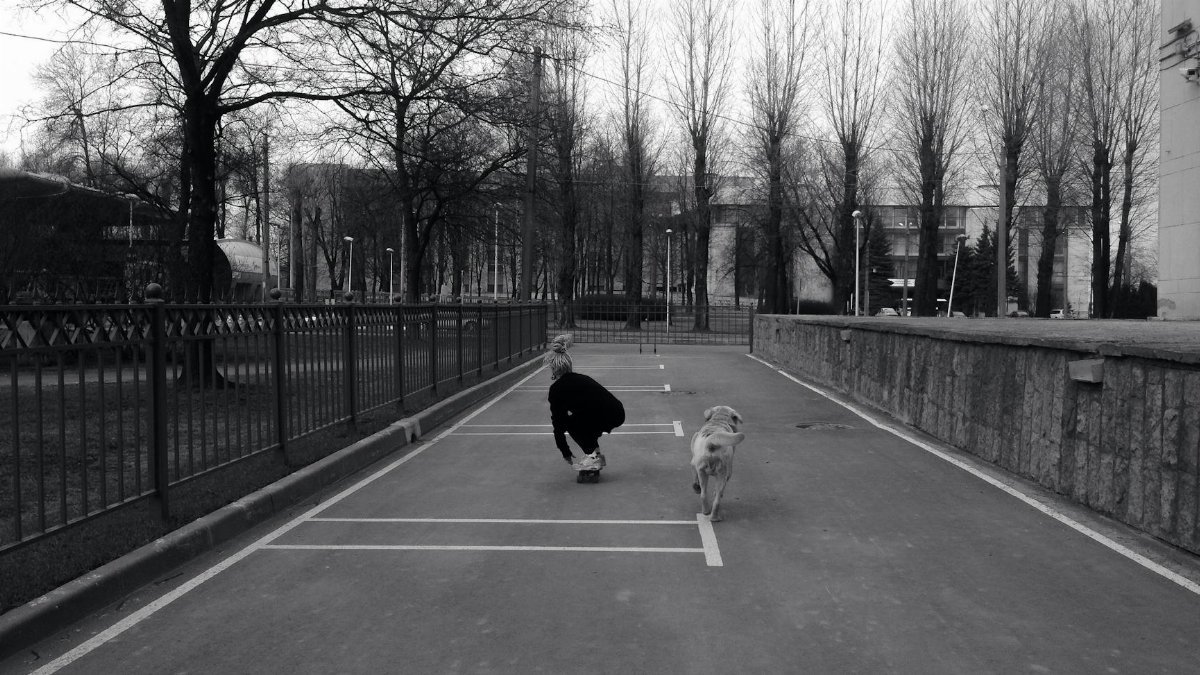A recent study from the Pew Research Center found that nearly 40% of Americans now incorporate some form of mindfulness practice into their routines, up from just 8% a decade ago, signaling a quiet revolution in how we approach mental health. This surge reflects a growing recognition of what experts call wellness calm resilience, the ability to maintain inner steadiness amid life’s chaos. In bustling cities like New York or Los Angeles, people are turning to simple, everyday habits to foster this resilience, not as a luxury but as a necessity. Amid economic pressures and digital overload in 2025, these actions help build emotional balance, allowing individuals to navigate stress with greater ease. What stands out is how accessible they are; no fancy equipment or retreats required. Instead, it’s about weaving small, intentional steps into daily life that accumulate into profound change.
1. Start with Mindful Breathing

Breathing might seem automatic, but turning it into a deliberate practice can anchor you during turbulent moments. Consider Sarah, a teacher in Chicago who described how pausing for deep breaths transformed her mornings from frantic to focused. She would stand by her kitchen window, inhaling slowly for four counts, holding, then exhaling, repeating until calm settled in. This isn’t just anecdotal; research backs it up. A study published in the Journal of Clinical Psychology showed that brief breathing exercises reduce anxiety levels by up to 20% in participants. Wellness calm resilience thrives on such basics, helping the body shift from fight-or-flight mode to a state of rest. Try it during commutes or before meetings. Over time, it builds a buffer against emotional upheaval, making resilience feel less like a distant goal and more like a natural rhythm.
Of course, not everyone finds it easy at first. Distractions pull focus, but starting small, perhaps with an app-guided session, eases the entry. The key lies in consistency, turning sporadic attempts into a habit that supports long-term emotional balance.
2. Embrace Daily Journaling

Picture a quiet evening where thoughts spill onto a page, untangling the day’s knots. That’s the essence of journaling for many, a tool that fosters clarity without judgment. One anonymous account shared online recently captured this: someone feeling overwhelmed by work deadlines noted how jotting down three worries and reframing them brought unexpected relief. It’s a practice rooted in cognitive behavioral techniques, as outlined in resources from the American Psychological Association, which highlight how writing aids emotional processing.
In 2025, with mental health conversations more open than ever, journaling fits seamlessly into wellness calm resilience strategies. It encourages reflection, spotting patterns in stress triggers. Vary it by focusing on gratitude one day, challenges the next. The act itself, simple as it is, cultivates a resilient mindset, turning internal chaos into manageable insights.
3. Incorporate Physical Movement

Movement isn’t just about fitness; it’s a direct line to emotional steadiness. Take a brisk walk in a neighborhood park, where the rhythm of steps syncs with steady thoughts. Studies from the Centers for Disease Control and Prevention indicate that regular exercise can lower symptoms of depression by releasing endorphins, those natural mood boosters. For middle-aged adults juggling careers and family, even 20 minutes daily makes a difference, weaving resilience into the fabric of routine life.
Yet, it’s not always straightforward. Motivation wanes on busy days, but pairing it with something enjoyable, like listening to a podcast, keeps momentum. This action embodies wellness calm resilience by linking body and mind, creating a foundation where emotional balance feels supported from the ground up.
Reflect on how a simple yoga flow at home shifted one person’s outlook, easing tension that had built over weeks. Such stories illustrate the transformative power hidden in everyday motion.
4. Practice Gratitude Rituals

What if noting one positive thing each day could rewire your brain toward optimism? Gratitude rituals do just that, countering negativity bias that’s hardwired in us. A landmark study from Harvard Medical School, detailed in their health publications, found that consistent gratitude practice enhances emotional well-being, with participants reporting higher life satisfaction. In the context of wellness calm resilience, this habit acts as a shield, buffering against daily stressors.
Start small: before bed, list three specifics, like a kind word from a colleague or a warm meal. It shifts focus from lacks to abundances, fostering calm. Amid 2025’s uncertainties, from economic shifts to personal changes, this practice grounds people, making resilience more attainable.
There’s a nuance here; it doesn’t erase problems but reframes them, allowing space for balanced responses rather than reactive ones.
5. Set Clear Boundaries

Boundaries aren’t walls; they’re frameworks that protect energy. Imagine declining an extra work request to preserve family time, a choice that echoes in many lives striving for balance. The Mayo Clinic emphasizes how setting limits prevents burnout, a key factor in maintaining emotional health.
For wellness calm resilience, this means recognizing when to say no, creating room for recovery. It’s particularly relevant in a culture that glorifies busyness, where middle-aged professionals often feel the pinch. One illustrative snippet comes from a public forum post: a parent described the freedom of turning off notifications after hours, reclaiming evenings for unwinding.
Implementing it requires practice, starting with small assertions. Over time, it builds a resilient core, where calm isn’t disrupted by every demand.
6. Prioritize Quality Sleep

Sleep is the unsung hero of emotional balance, repairing the mind overnight. Disruptions lead to irritability, but a solid routine changes that. Research from the National Institute of Neurological Disorders and Stroke shows that adults need seven to nine hours for optimal function, directly impacting mood regulation.
In weaving wellness calm resilience, consistent bedtimes and wind-down rituals, like reading, signal the body to rest. It’s not glamorous, but effective. Consider how one individual, after months of fragmented nights, adopted a no-screens policy and noticed sharper focus and steadier emotions.
Challenges arise with life’s interruptions, yet adjusting habits incrementally yields results, fortifying resilience against daily wear.
7. Nurture Social Connections

Humans thrive on connection, yet isolation creeps in easily. Regular check-ins with friends or family bolster emotional reserves. A Pew study on social ties revealed that strong networks correlate with lower stress levels, supporting the idea that relationships fuel wellness calm resilience.
Make it intentional: a weekly call or coffee meetup. These interactions provide perspective, diffusing personal burdens. In 2025, with remote work persisting, proactive outreach matters more. One story stands out: a retiree who joined a local group found renewed purpose, easing feelings of disconnection.
It’s a two-way street, offering mutual support that enhances calm and builds collective strength.
8. Engage in Nature Exposure

Stepping outside, even briefly, reconnects us to something larger. Forest bathing, or simply sitting in a garden, lowers cortisol, as per findings from environmental psychology journals. This ties into wellness calm resilience by grounding scattered thoughts in natural rhythms.
For urban dwellers, a park visit suffices. Observe leaves rustling, birds calling; it invites presence. Amid climate conversations in 2025, this practice also fosters appreciation, blending personal calm with broader awareness.
Not every day allows it, but when possible, it recharges, making emotional balance more sustainable.
9. Explore Guided Meditation

Meditation demystified: it’s not about emptying the mind but observing it. Apps guide beginners through sessions that cultivate focus. Evidence from the NIH supports its role in reducing emotional reactivity, enhancing resilience.
Incorporate it into mornings or evenings for consistency. One person’s journey began with five minutes, growing to transform how they handled conflicts. Wellness calm resilience emerges here, turning inward attention into outward steadiness.
Tensions exist; skepticism or wandering thoughts challenge newcomers, yet persistence reveals its value, rounding out a toolkit for balanced living.
